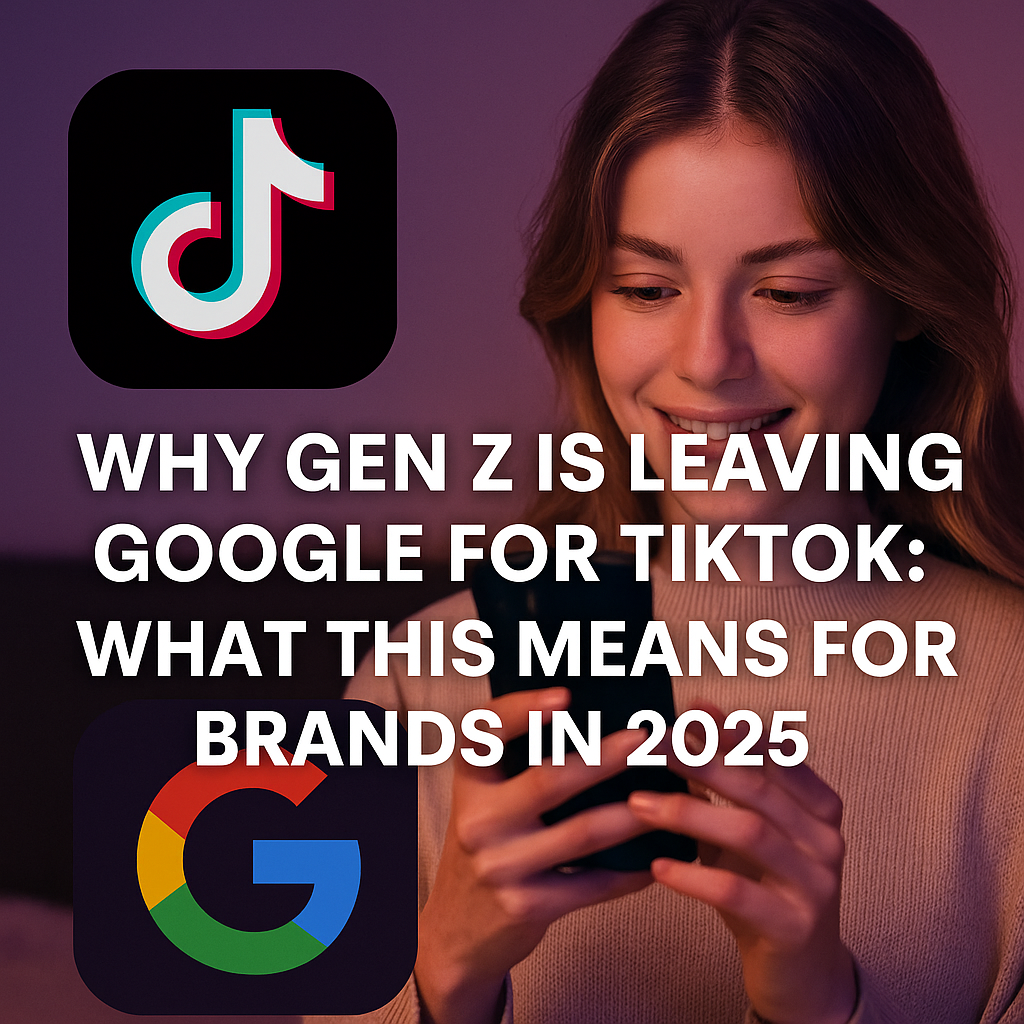 Jeremy Liew has a great piece in the WSJ about the central mystery of businesses that make money selling virtual goods:
Jeremy Liew has a great piece in the WSJ about the central mystery of businesses that make money selling virtual goods:Why do People Buy Virtual Goods? – WSJ.com:
“My theory is that people buy digital goods for the same reason that
they buy goods in the real world; (i) to be able to do more, (ii) to
build relationships, and (iii) to establish identity.”
Jeremy’s
argument is a good one, and I’m glad to see it being advanced in such a
high-profile way. Having had a number of years to try and answer this
question at cocktail parties and social gatherings of all kinds, I
thought I’d try and expand on his framework a little, and then try and
use these answers to help make suggestions for those who are trying to
get people to buy virtual goods. Let me start by trying to convince you
that, no matter who you are, you already buy virtual goods.
argument is a good one, and I’m glad to see it being advanced in such a
high-profile way. Having had a number of years to try and answer this
question at cocktail parties and social gatherings of all kinds, I
thought I’d try and expand on his framework a little, and then try and
use these answers to help make suggestions for those who are trying to
get people to buy virtual goods. Let me start by trying to convince you
that, no matter who you are, you already buy virtual goods.
My
goal, when talking to people who are new to the virtual worlds concept,
is to convince them that they already buy virtual goods. This is always
true, because modern economies have become increasingly virtual over
the years. Why do Citizens of Humanity jeans cost $200,
when physically similar pants can be had for one-tenth the price? The
same is true of brand-name products in almost every category (and it
can be measured).
Brands are so pervasive that even those people who want to make a
statement against it (do you build all your own software from source?)
have to invest substantial time avoiding it, which is just another kind
of premium. (Ironically, one of the best sources for insight on this
phenomenon is Naomi Klein’s anti-corporate manifesto No Logo.)
My
point is not just that brands are a form of virtual goods, although
that’s true. Beyond their brand, I want to argue that every product
contains both tangible and intangible sources of value, and that
everything you buy has at least some “virtual goods” component. By
recognizing these components, we can make better sense of what’s going
on in the online virtual goods market, and craft strategies that
leverage people’s pre-existing experience with virtual goods. This is
why brand-based virtual goods have worked so well online. Paying a
premium for a branded pair of virtual jeans is actually a pretty
similar experience for most customers.
I dissect the value that a product gives to a customer into four sources:
goal, when talking to people who are new to the virtual worlds concept,
is to convince them that they already buy virtual goods. This is always
true, because modern economies have become increasingly virtual over
the years. Why do Citizens of Humanity jeans cost $200,
when physically similar pants can be had for one-tenth the price? The
same is true of brand-name products in almost every category (and it
can be measured).
Brands are so pervasive that even those people who want to make a
statement against it (do you build all your own software from source?)
have to invest substantial time avoiding it, which is just another kind
of premium. (Ironically, one of the best sources for insight on this
phenomenon is Naomi Klein’s anti-corporate manifesto No Logo.)
My
point is not just that brands are a form of virtual goods, although
that’s true. Beyond their brand, I want to argue that every product
contains both tangible and intangible sources of value, and that
everything you buy has at least some “virtual goods” component. By
recognizing these components, we can make better sense of what’s going
on in the online virtual goods market, and craft strategies that
leverage people’s pre-existing experience with virtual goods. This is
why brand-based virtual goods have worked so well online. Paying a
premium for a branded pair of virtual jeans is actually a pretty
similar experience for most customers.
I dissect the value that a product gives to a customer into four sources:
- Practical
utility – This is the tangible benefit that a product enables, whether
that’s transportation, warmth, cleanliness, or entertainment. Many
products derive all of their value from this utility, online as well as
off: generic drugs are pretty similar to a number of non-epic
consumables in your average MMOG. - Perceived value –
This is the extra value a customer perceives as a result of good
marketing, product design, product quality, or exception product/market
fit. For example, many customers derive satisfaction from feeling like
they bought the “best” product in a given category, even if that
product has no objective performance difference from its nearest
competitor. This is true even in cases where the customer derives no
status benefit from the product (which we’ll cover in a second). For
example, home electronics brands like Sony and Bose work very hard to
create an impression of exceptional performance even in products that
are used primarily in private. - Social value – When I
can use a product to my benefit in a social situation, it can be
transformed in value. All gifting-type products are influenced by this
source, as Hallmark has long understood. But plenty of other product
categories depend on social factors: status purchases, beauty products,
fashion products, and (at least here in San Francisco) food and
produce. For a non-brand example, look no further than De Beer’s
successful, if pernicious, marketing of diamonds. - Identity
value – This is the strongest source of value of all, and it’s a little
tricky to differentiate from the preceding two sources. This is the
benefit you get from incorporating a product into your self-conception.
For example, take your average Mac fanatic. When they buy an Apple
laptop, they are doing more than enjoying a premium product and showing
off. They are saying to the world and – more importantly – to
themselves: I am the kind of person that buys Apple products. Apple has
done a phenomenal job of convincing us that we, too, can be a little
like Steve Jobs, if only we had one more iFoo in our lives. Many
fashion and beauty products create this kind of affinity, especially in
products that are not visible to others (don’t make me spell it out).
Identity products are not easily displaced, because the emotional
investment is very high. This is every bit as true for online goods –
just try and trade your friend’s level 80 warlock for your “equivalent”
level 80 rogue. Good luck.
I’ve tried to arrange these
sources of value in a hierarchy, and although I don’t have a lot of
evidence that I got it right, this is my gut sense of how they stack
up. The nice thing about understanding these sources is that consumers
generally have separate budgets for each category. One of the biggest
lessons I learned from my time at IMVU was that if you can move
spending out of the entertainment budget (which is often constrained)
and into the identity budget, you can make a lot more money per
customer. Even in tough times (actually, especially in hard times)
people spend significant sums to bolster their sense of who they are.
For better or worse, products physical and online are parts of that
formula for most people in our society.
So when thinking of
selling virtual goods, consider combining sources of value into one
product. This is true for online goods, for example in supporting item
gifting. It’s just as true for physical or even hybrid goods, as
Webkinz has demonstrated by adding an online source of utility to a
physical stuffed animal. Many virtual goods generate only mediocre
returns when they draw from only one source of value, as Facebook has
been finding out with their only-social-utility gifts, or dozens of
startups have found out with their just-the-functionality technology
offerings.
And when given the choice, try and move up the
hierarchy of value. If given the opportunity to work with two customer
segments, one of which sees your product as a basic utility and another
of which sees it as a lifestyle statement, choose the latter. IMVU made
that choice early on, when we abandoned some profitable customers who
wanted to use our product as a regular-IM substitute. There was no way
to service them while still engaging with the goths, emos and anime
fans who were rapidly becoming IMVU’s top evangelists. We doubled-down
on identity value, and it worked out well.
sources of value in a hierarchy, and although I don’t have a lot of
evidence that I got it right, this is my gut sense of how they stack
up. The nice thing about understanding these sources is that consumers
generally have separate budgets for each category. One of the biggest
lessons I learned from my time at IMVU was that if you can move
spending out of the entertainment budget (which is often constrained)
and into the identity budget, you can make a lot more money per
customer. Even in tough times (actually, especially in hard times)
people spend significant sums to bolster their sense of who they are.
For better or worse, products physical and online are parts of that
formula for most people in our society.
So when thinking of
selling virtual goods, consider combining sources of value into one
product. This is true for online goods, for example in supporting item
gifting. It’s just as true for physical or even hybrid goods, as
Webkinz has demonstrated by adding an online source of utility to a
physical stuffed animal. Many virtual goods generate only mediocre
returns when they draw from only one source of value, as Facebook has
been finding out with their only-social-utility gifts, or dozens of
startups have found out with their just-the-functionality technology
offerings.
And when given the choice, try and move up the
hierarchy of value. If given the opportunity to work with two customer
segments, one of which sees your product as a basic utility and another
of which sees it as a lifestyle statement, choose the latter. IMVU made
that choice early on, when we abandoned some profitable customers who
wanted to use our product as a regular-IM substitute. There was no way
to service them while still engaging with the goths, emos and anime
fans who were rapidly becoming IMVU’s top evangelists. We doubled-down
on identity value, and it worked out well.
(Image source: getcontagio.us)

















